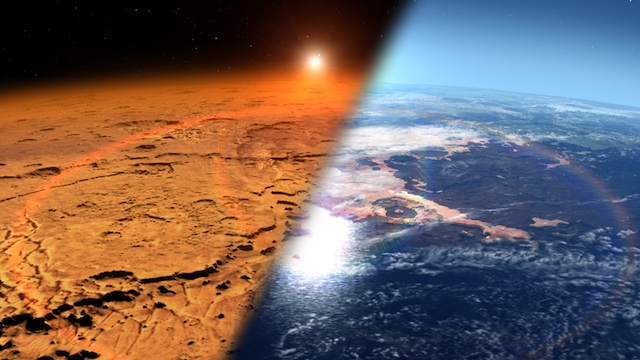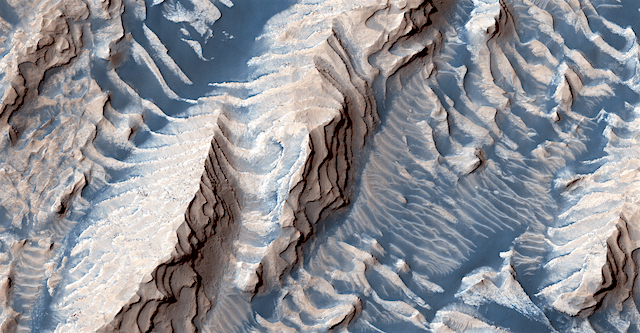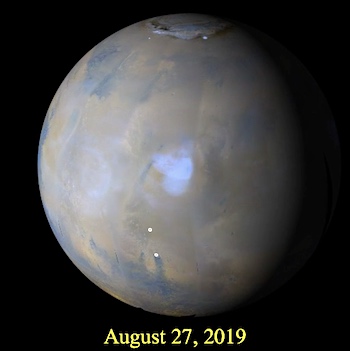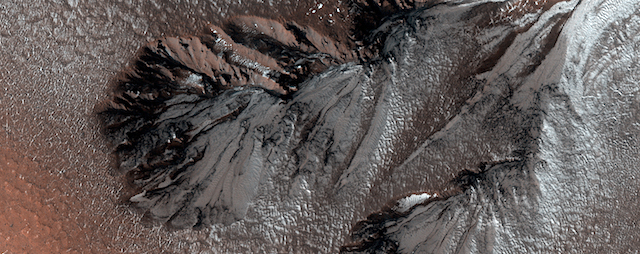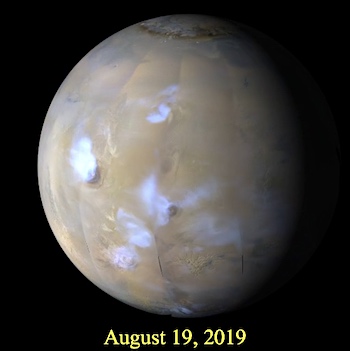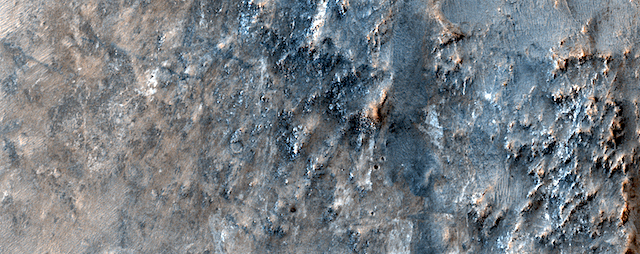While the Red Planet Report is on hiatus, these links will help readers stay abreast of developments in Mars exploration. (NB: Some links are updated daily, others at longer intervals.)
• NASA Mars news
• Jet Propulsion Laboratory news (all topics)
• European Space Agency (all topics)
• ExoMars/robotic exploration of Mars (ESA)
• Icarus (scientific journal) Twitter feed (all topics)
• ScienceDaily Mars news
• Perseverance rover mission (NASA)
• Hope (al-Amal) United Arab Emirates orbiter (UAE)
• Tianwen-1 orbiter and lander/rover (PRC)
• Curiosity rover mission updates
• Curiosity rover raw images (all cameras)
• ChemCam instrument site
• Mars Express (ESA)
• MAVEN Twitter feed
• Mars Odyssey (NASA)
• THEMIS Image of the Day (ASU)
• Mars Reconnaissance Orbiter status (JPL)
• HiRISE Picture of the Day archive (UA)
• CRISM Featured Images (JHU/APL)
• Latest weather in Gale Crater (Curiosity rover)
• Latest weather at Elysium Planitia (InSight lander)
In addition, be sure to check out the links in the column at right.









